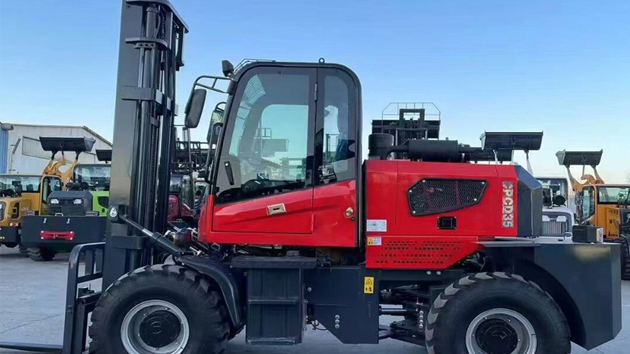The Future of Loaders: Innovations in Efficiency and Automation
2025-07-05 04:05:22
The loader (zhuangzaiji) industry has witnessed significant advancements in automation and energy efficiency over the past decade. According to recent market data, the global loader market is projected to grow at a CAGR of 6.2% from 2023 to 2030, driven by increasing infrastructure projects and warehouse automation. Modern loaders now integrate AI-driven navigation systems, reducing human intervention and improving precision in material handling.
One of the key innovations in loader (zhuangzaiji) technology is the adoption of electric and hybrid powertrains. Leading manufacturers have introduced zero-emission models to comply with stringent environmental regulations. For instance, a 2023 industry report revealed that electric loaders reduce operational costs by 30% compared to traditional diesel-powered units. This shift not only enhances sustainability but also aligns with global carbon neutrality goals.
The integration of IoT-enabled sensors in loaders (zhuangzaiji) has revolutionized predictive maintenance. Real-time data analytics allow operators to detect potential malfunctions before they escalate, minimizing downtime. A case study from a European logistics firm demonstrated a 25% increase in equipment lifespan after implementing IoT-based monitoring systems. Such advancements underscore the growing importance of smart technology in industrial machinery.
Market competition has spurred innovation in loader (zhuangzaiji) designs, with compact and modular models gaining traction. These units are ideal for urban construction sites and confined warehouse spaces. Industry analysts predict that compact loaders will account for 40% of total sales by 2025, reflecting the demand for versatility and space efficiency. Additionally, ergonomic improvements, such as adjustable operator cabins, enhance user comfort and productivity.
Looking ahead, the loader (zhuangzaiji) sector is poised for further disruption through autonomous operation and blockchain-based supply chain integration. Pilot programs in mining and agriculture have already demonstrated the feasibility of fully autonomous loaders, reducing labor costs by up to 50%. As these technologies mature, the industry will continue to redefine efficiency standards, solidifying loaders as indispensable assets in modern industrial operations.














